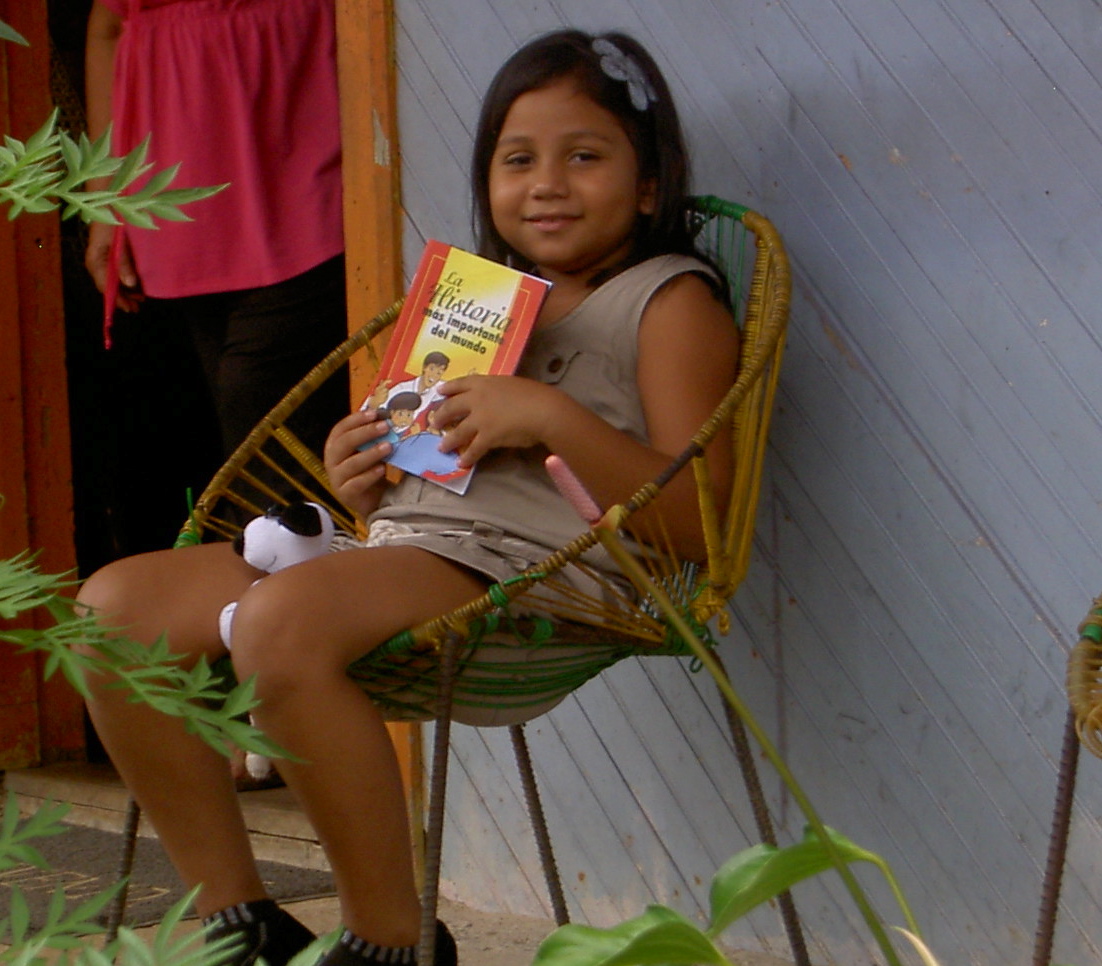 Christian missionary work has always been based on sharing the good news that Jesus Christ died in order that men and women might be free from the guilt of their sins and able to live with God forever. The original Christians who witnessed Christ’s life, death and resurrection eventually sallied forth from Jerusalem to tell the world what they had seen: the God they had known in the flesh who rose from the dead.
Christian missionary work has always been based on sharing the good news that Jesus Christ died in order that men and women might be free from the guilt of their sins and able to live with God forever. The original Christians who witnessed Christ’s life, death and resurrection eventually sallied forth from Jerusalem to tell the world what they had seen: the God they had known in the flesh who rose from the dead.
While the Old Testament contains the writings of prophets who describe the Creator of the Universe in all his awe-inspiring glory, the New Testament relates Jesus’ life and how his death and resurrection changed our ability to know the God of the Old Testament. It’s a powerful book of God reaching through time, space and eternity to show his love for us, while we were yet sinners.
The Bible is the best selling book of all time, of course, and the impetus for so much of western civilization from paintings to music to books themselves. The Bible was the first book Gutenberg printed using moveable type in 1450. The original schools in north America taught reading for the express purpose of enabling people to read the Bible. Even today, Wycliffe Bible translators learn obscure languages so as to translate the Bible into every language on earth.
We flew to Nicaragua with 230 pounds of Bibles in our luggage. We carried two bags each with our clothing stuffed around the thin paperback books. We also brought toys to distribute to the local children and some Bible story booklets for them. We could only carry 500 Bibles and they needed to be parceled out carefully, 125 per day. They were always gone by lunchtime; only a handful of people didn’t want one.
With trembling hands, staring through new lenses, people opened the book to examine the Word of God. They almost always smiled when handed a book and many carried them away with reverence.
The optometrist told me, “many of the older people take great comfort and are so happy to have a Bible. This is a good gift.”
Television has recently come to Rio San Juan, or at least a more clear picture through political means I’ll discuss later. The tropical climate can make owning a book challenging. I’ll talk about that later, too. We didn’t see many books in the classrooms; perhaps owning a book is unusual. But they took this book, and we were happy to hand them out. It was so much fun to walk through El Castillo and see a little girl reading her booklet after visiting us.
 Even the boys paused in playing with their bouncy balls to look through the booklet. As we walked back to the boat in Sabalos, we saw children all over the streets with Bible booklets, some reading, some just sifting through to look at the pictures.
Even the boys paused in playing with their bouncy balls to look through the booklet. As we walked back to the boat in Sabalos, we saw children all over the streets with Bible booklets, some reading, some just sifting through to look at the pictures.
“I’ll never forget how an older woman’s entire face lit up when I handed her a Bible,” one of my colleagues said.
“The children were excited with the booklets,” another added. “My prayer is that God’s word would be effective and they would learn how to pray and apply it to their lives.”
Running an eyeglasses clinic for over 1100 people served several purposes. By being Jesus’ hands and feet, we provided them with the tools they need for their day-to-day lives. But we also provided an even more important opportunity.
In Luke 4:18, Jesus explained why God sent him to earth: “He has anointed Me to preach the gospel to the poor; He has sent Me to heal the brokenhearted, to proclaim liberty to the captives and recovery of sight to the blind and to set at liberty those who are oppressed.”
Anyone who has eyes to see and read, can find that freedom in the pages of El Nuevo Testamento.




Thoughts? Reactions? Lurker?